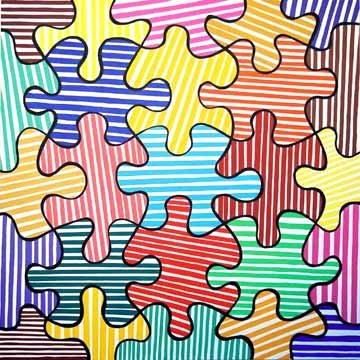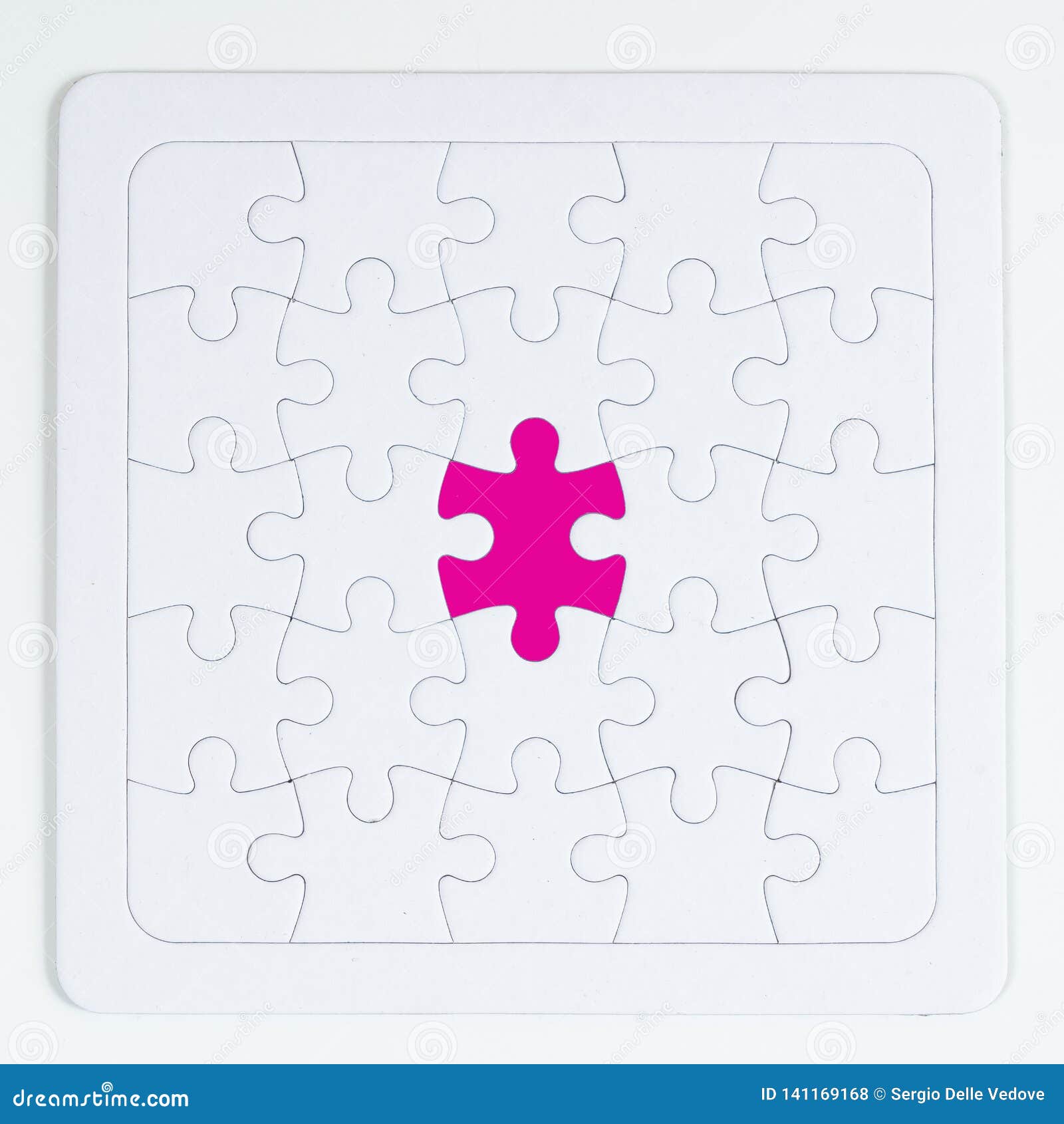

The puzzle is similar or identical to numerous other puzzles (e.g., The Great Tantalizer, circa 1940, and the most popular name prior to Instant Insanity). Over 12 million puzzles were sold by Parker Brothers alone. The puzzle was recreated by Franz Owen Armbruster, also known as Frank Armbruster, and independently published by Parker Brothers and Pressman, in 1967. Schossow in 1900, and marketed as the Katzenjammer puzzle. The first known patented version of the puzzle was created by Frederick A. Knuth in an article on estimating the running time of exhaustive search procedures with backtracking.Įvery position of the puzzle can be solved in eight moves or less. You can do that move 4 times multiplied by the rotation of every cube 180 degrees around its vertical axis, which gives 8 symmetries in total), so therefore the odds are 331,776 divided by 8 equals 41,472 chance of randomly tossing the cubes into a solution. And the solution is symmetrical 8 ways (if you have a solution, and you flip all of the four cubes forward, you have another valid solution.
#One color puzzle trial#
Trial and error is a slow way to solve this problem, as there are 331,776 possible arrangements of the four cubes (6 faces, 4 turns = 24 positions of each cube, times four cubes, totalling 331,776). This problem has a graph-theoretic solution in which a graph with four vertices labeled B, G, R, W (for blue, green, red, and white) can be used to represent each cube there is an edge between two vertices if the two colors are on the opposite sides of the cube, and a loop at a vertex if the opposite sides have the same color. The distribution of colors on each cube is unique. The objective of the puzzle is to stack these cubes in a column so that each side of the stack (front, back, left, and right) shows each of the four colors.

The puzzle consists of four cubes with faces colored with four colors (commonly red, blue, green, and white). Instant Insanity is the name given by Parker Brothers to their 1967 version of a puzzle which has existed since antiquity, and which has been marketed by many toy and puzzle makers under a variety of names, including: Devil's Dice ( Pressman) DamBlocks (Schaper) Logi-Qubes (Schaeffer) Logi Cubes (ThinkinGames) Daffy Dots (Reiss) Those Blocks (Austin) PsykoNosis (A to Z Ideas), and many others. It's $64 and can be purchased on the website of brand Yell Design.Nets of the Instant Insanity cubes – the line style is for identifying the cubes in the solution

There's also a translucent, 215-piece puzzle on the market that is meant to look like shattered glass. The mind-boggling puzzles aren't for sale, but were part of a giveaway contest hosted by the brand, according to AdWeek. Earlier in May, the Canadian division of the ketchup-maker launched a red puzzle with 570 pieces. One Amazon user who left a review of the 1,000-piece black-colored puzzle wrote that the pieces contain patterns on the back that can help give players a clue as to where they might fit.Īnother user pointed out that the puzzle's described "micro" pieces make it even more challenging.Īs if these puzzles aren't time-consuming enough, there are other ones on the market that have left people intrigued - including one from Kodak, which claims to be the "world's largest puzzle" containing 51,300 pieces and retails for about $600 on the photo company's website.Ĭondiment brand Heinz also hopped on the puzzle trend.


 0 kommentar(er)
0 kommentar(er)
